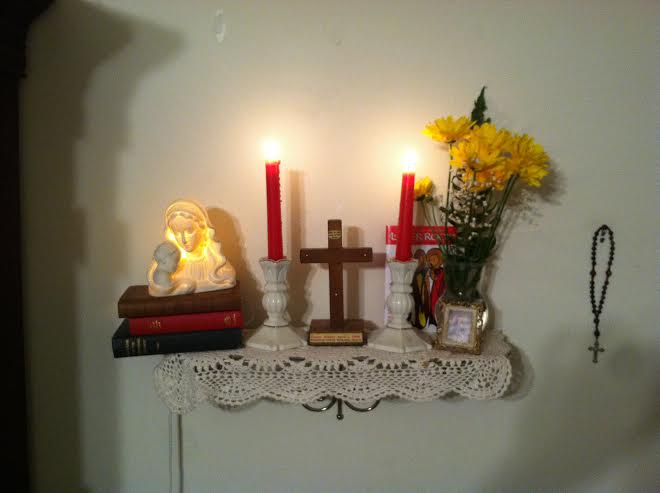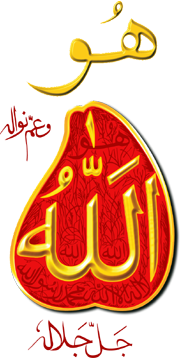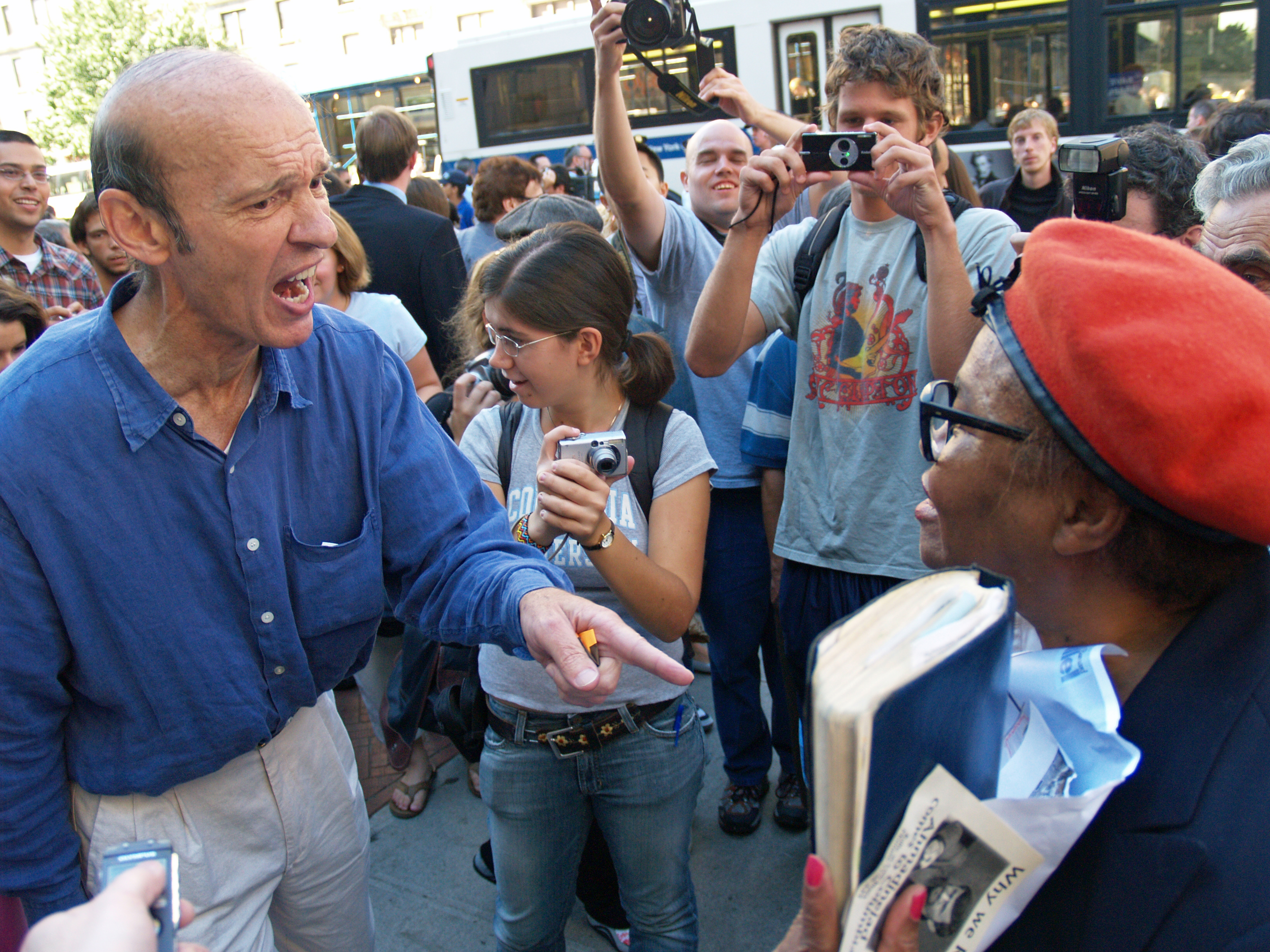|
Raising Hands In Dua
In Islam, Raising hands in Dua ( ar, رفع اليدين في الدعاء) is the action of using hands to invoke Allah in dua. The view of limitation Many scholars including especially Salafis limit this practice. According to them, basing on a lack of hadiths for other instances, with a fully authenticated chain, the practice of raising hands is specific to irregular prayers for needs and the Qunut of the Witr/Fajr prayers. This view excludes the practice of regularly raising the hands as sunnah and a mustahabb act of ibadah after fardh salah accompanying a dua. These scholars however do recognize raising hands during a dua not done after salah, accepting that the Muslim should raise his hands with humility to Allah in the way instructed by the Prophet Muhammad. A few cases of ''Raising the hands in Dua'' being regarded as a forbidden innovation (Bidʻah) are: * Salah (except for Qunut) * Khutbah (in specific cases) * Tawaf * Sa'iye * Ruku * * Sujud * Sitting in ... [...More Info...] [...Related Items...] OR: [Wikipedia] [Google] [Baidu] |
Islam
Islam (; ar, ۘالِإسلَام, , ) is an Abrahamic monotheistic religion centred primarily around the Quran, a religious text considered by Muslims to be the direct word of God (or ''Allah'') as it was revealed to Muhammad, the main and final Islamic prophet.Peters, F. E. 2009. "Allāh." In , edited by J. L. Esposito. Oxford: Oxford University Press. . (See alsoquick reference) " e Muslims' understanding of Allāh is based...on the Qurʿān's public witness. Allāh is Unique, the Creator, Sovereign, and Judge of mankind. It is Allāh who directs the universe through his direct action on nature and who has guided human history through his prophets, Abraham, with whom he made his covenant, Moses/Moosa, Jesus/Eesa, and Muḥammad, through all of whom he founded his chosen communities, the 'Peoples of the Book.'" It is the world's second-largest religion behind Christianity, with its followers ranging between 1-1.8 billion globally, or around a quarter of the world' ... [...More Info...] [...Related Items...] OR: [Wikipedia] [Google] [Baidu] |
Safa And Marwa
Safa and Marwa ( ar, ٱلصَّفَا وَٱلْمَرْوَة, Aṣ-Ṣafā wal-Marwah) are two small hills, connected to the larger Abu Qubais and Qaiqan mountains, respectively, in Mecca, Saudi Arabia, now made part of the Masjid al-Haram. Muslims travel back and forth between them seven times in what is known as Sa'ee ( ar, سَعِي, lit=seeking/searching or walking, translit=sa'iy) ritual pilgrimages of '' Ḥajj'' and ''Umrah''. Muslims walk between the two mountains (called ''Sa'ee''), which they believe was made a ritual as a tribute to Hajar's search for water in the area when she ran out of provisions after Ibrahim left her in the valley upon Allah's command. The space between the two mountains in which the pilgrims walk is called ''al-Mas'aa''. Geography Safa is a small mountain located at the bottom of the Abu Qubais Mountain, about 130 meters (430 ft) southeast of the Ka'bah, which is the beginning of the Sa'ee. As for Marwa, it is also a small mountain of ... [...More Info...] [...Related Items...] OR: [Wikipedia] [Google] [Baidu] |
Arabic Words And Phrases
Arabic (, ' ; , ' or ) is a Semitic language spoken primarily across the Arab world.Semitic languages: an international handbook / edited by Stefan Weninger; in collaboration with Geoffrey Khan, Michael P. Streck, Janet C. E.Watson; Walter de Gruyter GmbH & Co. KG, Berlin/Boston, 2011. Having emerged in the 1st century, it is named after the Arab people; the term "Arab" was initially used to describe those living in the Arabian Peninsula, as perceived by geographers from ancient Greece. Since the 7th century, Arabic has been characterized by diglossia, with an opposition between a standard prestige language—i.e., Literary Arabic: Modern Standard Arabic (MSA) or Classical Arabic—and diverse vernacular varieties, which serve as mother tongues. Colloquial dialects vary significantly from MSA, impeding mutual intelligibility. MSA is only acquired through formal education and is not spoken natively. It is the language of literature, official documents, and formal written ... [...More Info...] [...Related Items...] OR: [Wikipedia] [Google] [Baidu] |
Language And Mysticism
Language is a structured system of communication. The structure of a language is its grammar and the free components are its vocabulary. Languages are the primary means by which humans communicate, and may be conveyed through a variety of methods, including spoken, sign, and written language. Many languages, including the most widely-spoken ones, have writing systems that enable sounds or signs to be recorded for later reactivation. Human language is highly variable between cultures and across time. Human languages have the properties of productivity and displacement, and rely on social convention and learning. Estimates of the number of human languages in the world vary between and . Precise estimates depend on an arbitrary distinction (dichotomy) established between languages and dialects. Natural languages are spoken, signed, or both; however, any language can be encoded into secondary media using auditory, visual, or tactile stimuli – for example, writing, whi ... [...More Info...] [...Related Items...] OR: [Wikipedia] [Google] [Baidu] |
Spiritual Practice
A spiritual practice or spiritual discipline (often including spiritual exercises) is the regular or full-time performance of actions and activities undertaken for the purpose of inducing spiritual experiences and cultivating spiritual development. A common metaphor used in the spiritual traditions of the world's great religions is that of walking a path. Therefore, a spiritual practice moves a person along a path towards a goal. The goal is variously referred to as salvation, liberation or union (with God). A person who walks such a path is sometimes referred to as a wayfarer or a pilgrim. Religion Abrahamic religions Judaism Jewish spiritual practices may include prayer (including the Shema and Amidah), reciting blessings, Jewish meditation, Torah study, following dietary laws of kashrut, observing Shabbat, fasting, practices of teshuvah, giving tzedakah, and performing deeds of loving-kindness. '' Kavanah'' is the directing of the heart to achieve higher contem ... [...More Info...] [...Related Items...] OR: [Wikipedia] [Google] [Baidu] |
Sufism
Sufism ( ar, ''aṣ-ṣūfiyya''), also known as Tasawwuf ( ''at-taṣawwuf''), is a mystic body of religious practice, found mainly within Sunni Islam but also within Shia Islam, which is characterized by a focus on Islamic spirituality, ritualism, asceticism and esotericism. It has been variously defined as "Islamic mysticism",Martin Lings, ''What is Sufism?'' (Lahore: Suhail Academy, 2005; first imp. 1983, second imp. 1999), p.15 "the mystical expression of Islamic faith", "the inward dimension of Islam", "the phenomenon of mysticism within Islam", the "main manifestation and the most important and central crystallization" of mystical practice in Islam, and "the interiorization and intensification of Islamic faith and practice". Practitioners of Sufism are referred to as "Sufis" (from , ), and historically typically belonged to "orders" known as (pl. ) – congregations formed around a grand who would be the last in a chain of successive teachers linking back to Muh ... [...More Info...] [...Related Items...] OR: [Wikipedia] [Google] [Baidu] |
Wird (Sufism)
The wird (plural: awrād) is a regular litany and a mystical invocation practiced by , and in islamic sufism. Presentation In Sufism, the murid's transformation and salvation is done by the practice of special disciplines such as performance of dhikr, remembrance of Allah and his prophet Muhammad, and wird as special invocations, and Quranic recitations, or doing Salah. The wird is then viewed as a devotion or liturgy specific to a particular Sufi order or Tariqa in which the substance is defined and based on dhikr and wird. Sufis designated specific times devoted to Allah and the specific dhikr recited on these occasions. An initiate murid is given the secret wird of the Sufi order upon completion of training, transferring the spiritual power of the silsila of transmission from the founder of the order and Muhammad, to the initiate. Taking wird is equivalent to full initiation into the Sufi tariqa. Benefits Wird is like a spiritual medication taken by the murid ever ... [...More Info...] [...Related Items...] OR: [Wikipedia] [Google] [Baidu] |
Dhikr
''Dhikr'' ( ar, ذِكْر}, , also spelled ''Zikr'', ''Thikr'', ''Zekr'', or ''Zikar'', literally meaning "remembrance, reminder" or "mention") is a form of Islamic meditation in which phrases or prayers are repeatedly chanted in order to remember God. It plays a central role in Sufi Islam, and each Sufi order has usually adopted a specific dhikr, typically accompanied by specific posture, breathing, and movement. In Sufi Islam, dhikr refers to both the act of this remembrance as well as the prayers used in these acts of remembrance. Dhikr can be performed in solitude or as a collective group. It can be counted on a set of prayer beads ('' Misbaha'' ) or through the fingers of the hand. A person who recites the Dhikr is called a ''Dhakir (, )'', literally "he who remembers." The content of the prayers includes the names of God, or a '' dua'' (prayer of supplication) taken from the hadiths or the Quran. Importance There are several verses in the Quran that emphasize the ... [...More Info...] [...Related Items...] OR: [Wikipedia] [Google] [Baidu] |
Tashahhud
The ''Tashahhud'' ( ar, تَشَهُّد, meaning "testimony faith]"), also known as at-Tahiyyat ( ar, ٱلتَّحِيَّات, lit=greetings, link=no), is the portion of the Salah, Muslim prayer where the person Sitting in salah, kneels or sits on the ground facing the ''qibla'', glorifies God, and greets the messenger and the righteous people of God followed by the two testimonials. The recitation is usually followed by an invocation of the blessings and peace upon the prophet known as ''Salawat''. Origins There is a Hadith, thought to be authentic that states: Sunni tradition Hanafi and Hanbali A version attributed to Abdullah ibn Masud is used by Sunni Muslims from both the Hanafi and the Hanbali schools, as well as the non-Sunni Ibadi Muslims: Maliki A version attributed to Umar is used by the Maliki school: Shafi'i A version attributed to Ibn Abbas is used by the Shafi'i school: Shia tradition Jafari The Twelver Shias of the Ja'fari school reci ... [...More Info...] [...Related Items...] OR: [Wikipedia] [Google] [Baidu] |
Minbar
A minbar (; sometimes romanized as ''mimber'') is a pulpit in a mosque where the imam (leader of prayers) stands to deliver sermons (, '' khutbah''). It is also used in other similar contexts, such as in a Hussainiya where the speaker sits and lectures the congregation. Etymology The word is a derivative of the Arabic root ''n-b-r'' ("to raise, elevate"); the Arabic plural is ''manābir'' ( ar, مَنابِر). Function and form The minbar is symbolically the seat of the imam who leads prayers in the mosque and delivers sermons. In the early years of Islam, this seat was reserved for the Islamic prophet Muhammad and later for the caliphs who followed him, each of whom was officially the imam of the whole Muslim community, but it eventually became standard for all Friday mosques and was used by the local imam. Nonetheless, the minbar retained its significance as a symbol of authority. While minbars are roughly similar to church pulpits, they have a function and posit ... [...More Info...] [...Related Items...] OR: [Wikipedia] [Google] [Baidu] |
Index Finger
The index finger (also referred to as forefinger, first finger, second finger, pointer finger, trigger finger, digitus secundus, digitus II, and many other terms) is the second digit of a human hand. It is located between the thumb and the middle finger. It is usually the most dextrous and sensitive digit of the hand, though not the longest. It is shorter than the middle finger, and may be shorter or longer than the ring finger (see digit ratio). Anatomy " Index finger" literally means "pointing finger", from the same Latin source as '' indicate;'' its anatomical names are "index finger" and "second digit". The index finger has three phalanges. It does not contain any muscles, but is controlled by muscles in the hand by attachments of tendons to the bones. Uses A lone index finger held vertically is often used to represent the number 1 (but finger counting differs across cultures), or when held up or moved side to side (finger-wagging), it can be an admonitory gestur ... [...More Info...] [...Related Items...] OR: [Wikipedia] [Google] [Baidu] |
Ahmad Ibn Idris Al-Fasi
Abu al-Abbās Ahmad Ibn Idris al-Araishi al-Alami al-Idrisi al-Hasani () (1760–1837) was a Moroccan Sunni Islamic scholar, jurist and Sufi, active in Morocco, the Hejaz, Egypt, and Yemen. His main concern was the revivification of the sunnah or practice of the Islamic prophet Muhammad. For this reason, his students, such as the great hadith scholar Muhammad ibn Ali as-Senussi, gave him the title ''Muhyi 's-Sunnah'' "The Reviver of the Sunnah". His followers founded a number of important Sufi tariqas which spread his teachings across the Muslim world. Life Ahmad Ibn Idris was born in 1760 near the city of Fez, Morocco. He studied at the University of al-Qarawiyyin. In 1799 he arrived in Mecca, where he would "exercise his greatest influence, attracting students from all corners of the Islamic world". In 1828 he moved to Zabīd in the Yemen, which historically had been a great center of Muslim scholarship. He died in 1837 in Sabya, which was then in Yemen, later was his grands ... [...More Info...] [...Related Items...] OR: [Wikipedia] [Google] [Baidu] |

.jpg)





.jpg)
_p183_MIMBAR_IN_DJAMÄA_EL-KEBIR_(cropped).jpg)
